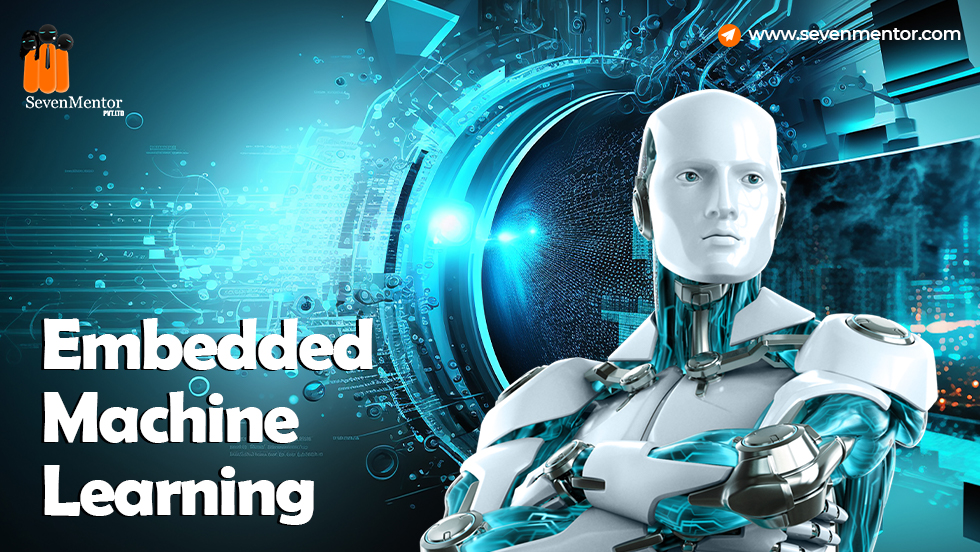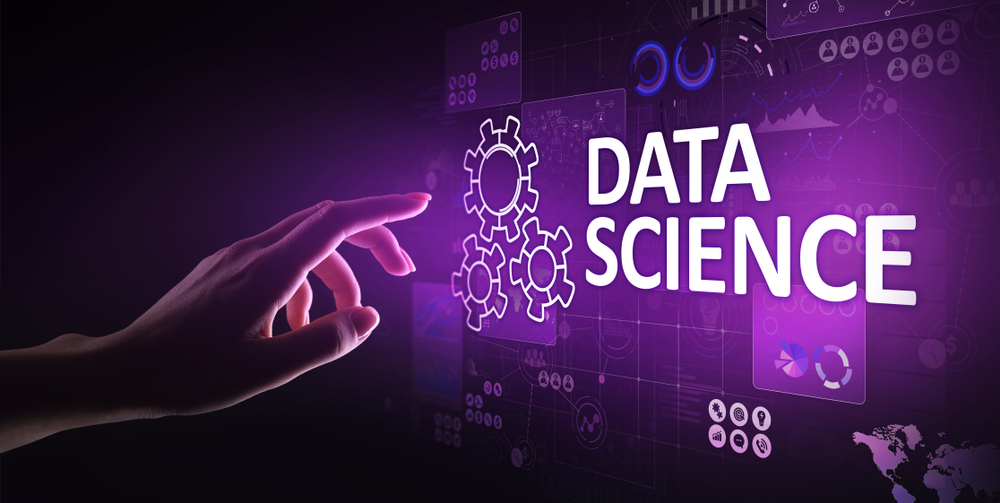Building machine learning models for embedded systems requires careful consideration of resource constraints, performance, and power efficiency. Here’s a guide to help you navigate the challenges and opportunities of implementing machine learning in embedded systems:
1. Understanding Embedded Systems Constraints:
- Limited Resources: Embedded systems often have constraints on processing power, memory, and energy consumption. Choose models that are lightweight and optimized for efficiency.
- Real-time Requirements: Many embedded systems operate in real-time environments, so latency considerations are crucial.
2. Selecting Appropriate Machine Learning Models:
- Edge-Friendly Models: Choose models that are suitable for edge computing, such as compact neural networks, decision trees, or support vector machines.
- Quantization: Implement model quantization to reduce the precision of model weights and activations, thus decreasing memory and computation requirements.
3. Optimizing for Hardware:
- Hardware Acceleration: Leverage hardware acceleration options (e.g., GPUs, TPUs, FPGAs) to enhance the speed and efficiency of machine learning computations.
- Neural Network Pruning: Remove unnecessary connections in neural networks to reduce the model size and computation requirements.
4. Data Preprocessing and Feature Engineering:
- Data Reduction: Minimize the amount of data needed for processing while maintaining model accuracy. Explore techniques like feature extraction and dimensionality reduction.
- On-device Preprocessing: Optimize preprocessing steps to be executed efficiently on the embedded system.
5. Model Compression:
- Knowledge Distillation: Train a smaller model to mimic the behavior of a larger, more accurate model, making it suitable for deployment on embedded devices.
- Model Quantization: Further reduce the size of the model by representing weights and activations with fewer bits.
6. Power Management:
- Low-Power Modes: Implement power management strategies to ensure energy-efficient operation, such as using low-power modes during idle periods.
- Dynamic Voltage and Frequency Scaling (DVFS): Adjust voltage and frequency dynamically based on the processing requirements to save power.
7. Software Frameworks and Tools:
- TensorFlow Lite, ONNX Runtime, and EdgeML: These frameworks offer tools and runtime environments optimized for edge devices.
- CMSIS-NN (Cortex Microcontroller Software Interface Standard for Neural Networks): Designed for Arm Cortex-M processors, it provides efficient implementations of neural network operators.
8. Security Considerations:
- Model Security: Implement measures to protect models from attacks, such as adversarial attacks or model inversion.
- Device Security: Ensure the overall security of the embedded system, especially if it processes sensitive data.
9. Continuous Monitoring and Updating:
- Remote Updates: Plan for remote updates of machine learning models to keep them current and improve performance over time.
- Monitoring and Diagnostics: Implement monitoring mechanisms to identify and address performance issues promptly.
10. Documentation and Best Practices:
- Documentation: Maintain comprehensive documentation for the embedded system’s machine learning implementation, including model architecture, training processes, and deployment considerations.
- Best Practices: Follow industry best practices for embedded systems and machine learning integration.
By addressing these aspects, you can develop efficient and effective machine learning solutions for embedded systems while navigating the unique challenges posed by resource-constrained environments.
Read More…
Machine Learning Course in Pune
Machine Learning Classes in Pune
Machine Learning Training in Pune









